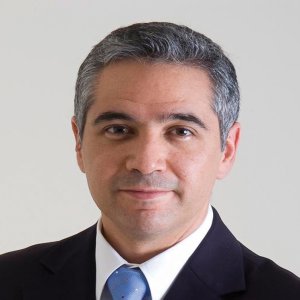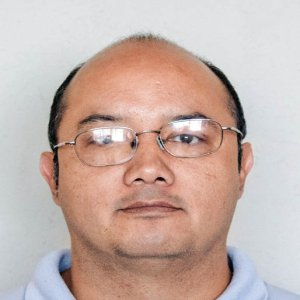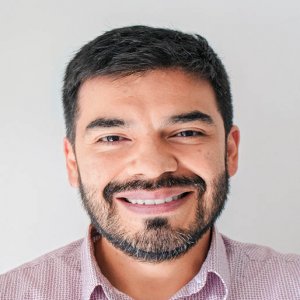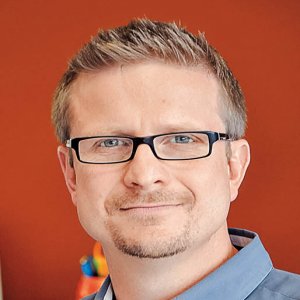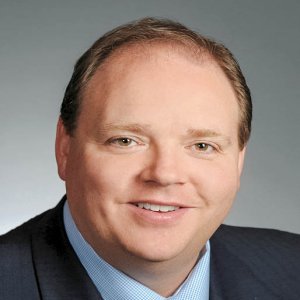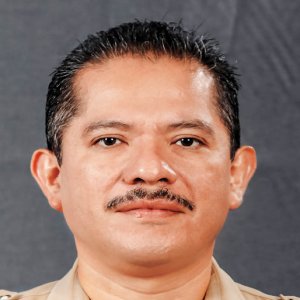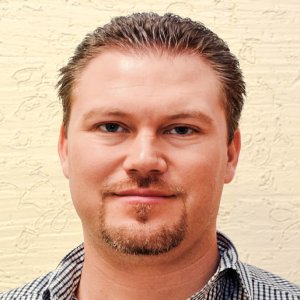Younger Customers to Anchor New Era in Mexico

STORY INLINE POST
Q: What role does Mexico play in Honda’s global operations?
A: Honda started operations in Mexico in 1995 but we recently entered a new era for Honda Mexico with the opening of the plant in Celaya. This plant is designed to expand production within the compact vehicle segment, which is very important for us. The first model to be produced there will be the Honda Fit, which is our last model not currently being produced in the US. Our main strategy is to build cars where the customers are, and Honda North America will now produce 95% of our cars. This is not a strategy formulated purely for the benefit of emerging markets, as we opened our most advanced plant in Japan last year. Logistics concerns are of great importance, and Mexico’s location makes it a very strong asset in this area. Celaya represented an US$800 million investment for the automotive plant, and a US$450 million investment for the transmissions plant. The transmissions plant will start operations in the second half of 2015.
Q: What drove the strong growth that Honda experienced in 2013?
A: The Honda brand grew by 11.5% in 2013, and the Acura brand by 18.8%, which represented 11.8% growth for a company as a whole. We did very well in the SUV segment, which is our second-largest segment due to the CR-V. The new MDX was launched at the end of 2012 and quickly became our best-selling model in Mexico. The Honda Civic did very well too, as we have been using it to target younger generations. Appealing to that customer base is always a challenge but we believe the Fit will allow us to target this younger audience more effectively. Our brand image had started to become more associated with older family-style cars, and we want to change that by highlighting products that are ideal for the younger buyer.
Q: What is your main strategy to more effectively reach this younger segment?
A: Our dealer network is the most important aspect, as it enables us to be close to our customers. We will be expanding our dealer network by about 20% while implementing this new marketing strategy. Financing presents an area of opportunity for us as well, and we are working closely with our dealer association which has strong links with financial institutions to deal with this issue. We are trying to get more attractive plans specifically for the Fit through those financial institutions. AMIA also needs to work closely with the government to address the issue of access to finance. Almost 70% of sales for this segment could potentially be done through credit, so it is an important thing to resolve. In terms of offering the right vehicles, the Fit is already in the Mexican market but its new model is loaded with technology and features, which is exciting for the young buyer. We have been trying to make a product that is fun to drive and also environmentally friendly, which we have achieved with the Fit. The new Fit will include the new Honda Earth Dreams engine technology, making it one of the most fuel-efficient vehicles in the market. Our new transmission plant will also build CVT transmissions, which are more fuel-efficient.
Q: To what extent do you drive demand for hybrid technology by bringing the cars to the market?
A: We have already brought the technology to the market but the demand is very low. It is a niche market, and we are still wrestling with the cost of the new technology. The demand for the hybrid car that we introduced was initially quite good, as consumers that are interested in environmentally friendly, low-consumption vehicles were immediately attracted to us. However, those niche buyers cannot sustain the market indefinitely. Therefore this technology needs to have a broader reach to enable producers to supply the cars. As the technology becomes increasingly utilized in developed countries, its cost will lower and it will become more widely available in developing countries. These vehicles could play a significant role in helping reduce pollution problems in Mexico but no infrastructure is in place.
Q: How do you envision Honda’s future in Mexico?
A: We foresee our CR-V continuing to be our strongest model, but we want to double our sales in the Fit segment as the first target for 2014. The Fit will be in the subcompact premium segment, which is not a huge segment, but for us can represent a big increase in sales nonetheless. We will also be bringing a new small CUV to Mexico called Vezel. Vezel is already produced in Japan, but at the end of 2014 we will also produce it in Celaya.



